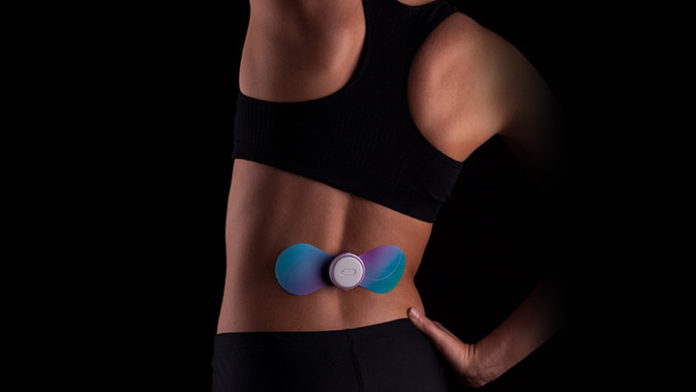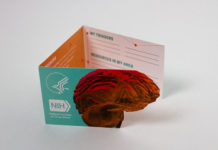
While millions of Americans are addicted to painkillers prescribed by their doctors, new technologies are surfacing to ease pain symptoms and avoid dependence on opioids.
Technologies like Quell — a 100 percent drug-free wearable pain relief device— are the new response to opioid prescriptions. Quell uses transcutaneous electrical nerve stimulation, also known as TENS technology, and allows users to personalize their therapy and track parameters such as sleep, activity, and how they relate to pain on a smartphone app.
“The device works by stimulating the sensory nerves in the upper calf, which carry neural pulses to the brain,” said Emily Adekore, marketing manager for Quell, in an email. “This stimulation triggers the release of the body’s natural pain blockers to deliver widespread relief in your body.”
Other pain relief methods such as Radiofrequency Ablation (RFA) and pain shots have also become emerging options for chronic pain relief.
“In our 2015 user study, 67 percent of participants reported a reduction in pain medication use after 60 days,” Adekore said, adding that the medications included non-opioid prescriptions. “We have had anecdotal reports from Quell users who have stated that they’ve been able to reduce their use of opioid medication since adopting the Quell technology for their pain relief. Everyone’s experience with chronic pain is different, so there’s no way to predict what an individual user’s results will be with Quell.”
Reviews of the product say it lessened their symptoms, but some complained that it didn’t ease their pain. One customer wrote that it gave them “a sharp shocking that felt like a burning sensation” when the gel became separated from the electrode.
Joshua Lefkovitz, president of iTENS, a pain relief device that uses TENS technology and connects to a smartphone application to make pain data more accessible while allowing users to control the device, said “TENS works for any nerve pain condition,” and that “it’s not going to work for internal conditions, headaches and what not. If they have a pacemaker, there are certain things we advise. In Europe, they use TENS for child labor. Even for a young person that has chronic pain from overexertion, it can help them.”
TENS products should be used in the context of their pain management regimen, Lefkovitz said. “We feel with pain management on a non-narcotic basis, there isn’t a silver bullet for pain relief,” but “we feel it should be a cornerstone in their pain management kit. TENS being the most impactful.”
“People vary in effectiveness,” he said. “Some people have [pain] completely go away, for others, it may help the pain. I’ve never seen TENS exacerbate pain. Opioids can actually make people more sensitive to pain. It’s a temporary circumstantial fix, but their pain becomes exacerbated.”
He added that TENS technology can also help people get off their dependence to opioids. “It will lessen the number of opioids you take. It will drive pain relief to the point that you won’t have to… (continue reading)















